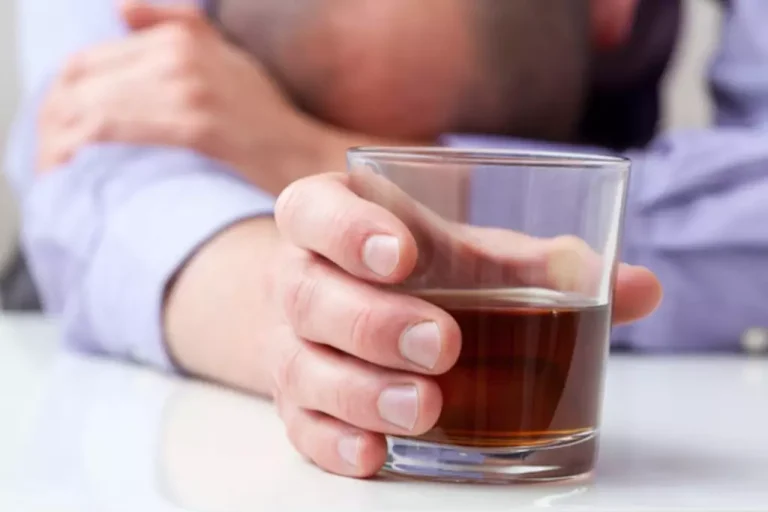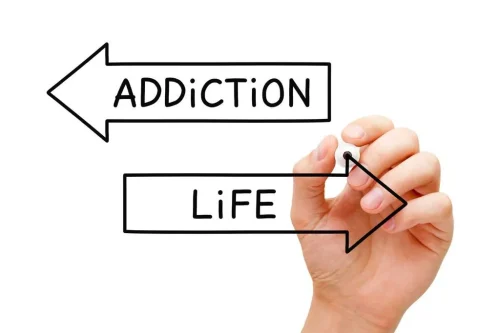
Maintaining a clear head and being alert helps you stay vigilant of your surroundings. If you survived a drunk-driving crash, you may be at risk for PTSD and experience symptoms including nightmares, emotional numbness, difficulty https://ecosoberhouse.com/ sleeping, concentration issues, jumpiness, irritability, and hostility. In a growing number of states, drivers who are convicted of DUI are required to install ignition interlock devices on their personal vehicles.
Alcohol Awareness Month

Another thing that happens when you get a DUI is that you will be given a ticket or a summons at the time of your arrest. This tells you the date that you must appear in court to face driving under the influence charges. When alcohol is consumed, it passes from the stomach and intestines and is absorbed into the bloodstream. As it circulates consequences of drinking and driving in the bloodstream, alcohol distributes itself evenly throughout all the water in the body’s tissues and fluids. WHO, in collaboration with international partners, launched the SAFER initiative towards a world free from alcohol related harm in 2018. If you know someone struggling with alcohol abuse, there is help available.
NHTSA is dedicated to eliminating risky behaviors on our nation’s roads
- In 2022, there were 2,337 people killed in alcohol-related crashes where a driver had a BAC of .01 to .07 g/dL.
- The greater decline in alcohol-related traffic deaths among 16- to 20-year-olds is in part attributable to the adoption of age 21 as the legal drinking age, which occurred in all States by 1988.
Such measures might, for instance, address infrastructure and speed limits. NHTSA demonstrates its commitment to eliminating drunk driving through research, public awareness campaigns, and state safety grant programs. We will continue until there are zero drunk-driving crashes on our roadways. Alcohol is a factor in about 25% of suicides, about 40% of fatal burn injuries, about 50% of fatal drownings and of homicides, and about 65% of fatal falls.
- Of all pedestrian deaths, 17 percent involved a driver who had been drinking and 38 percent involved a pedestrian who had been drinking.
- A night of drinking can cause uncomfortable symptoms like diarrhea, nausea, and vomiting.
- For instance, by 2004, all states enacted new legal limits of alcohol-impaired driving at a blood alcohol concentration [BAC] of 0.08g/dL.
- For example, when encouraged by others, people may drink more than planned or drink when they didn’t plan to at all.
Definition: What Is a DUI?
To reduce alcohol-related fatal crashes among youth, all states have adopted a minimum legal drinking age of 21. NHTSA estimates that minimum-drinking-age laws have saved 31,959 lives from 1975 to 2017. Car crashes are a leading cause of death for teens, and almost a third of young drivers killed in fatal crashes involved underage drinking.

Alcohol is a substance that reduces the function of the brain, impairing thinking, reasoning and muscle coordination. Take our short alcohol quiz to learn where you fall on the drinking spectrum and if you might benefit from quitting or cutting back on alcohol. Whether they’re walking or biking to school, riding the bus or driving on their own, here are safety tips to teach your children as they head back to school. Alcohol use can cause sexual dysfunction, such as difficulty achieving or maintaining an erection and decreased sexual sensations. The impact alcohol has on the reproductive system extends beyond these temporary effects.
Traffic deaths among people with BACs of 0.08 percent and higher declined 35 percent, and those involving people with BACs of 0.15 percent and higher declined 37 percent. Consistent with the roadside survey results, traffic deaths involving alcohol declined markedly from the early 1980s to 1996, but during the last 6 years the downward progress has abated and alcohol-related traffic deaths have actually increased somewhat (NHTSA 2003a). Consistent with the fatality data, males were much more likely to report driving after drinking than females (31 percent vs. 13 percent). Drivers under 21, and particularly those between 16 and 18, were the least likely of any age group of drivers to report driving after drinking, and drivers ages 21 to 45 were the most likely to report this behavior. Most states have set the legal BAC limit for driving at 0.08 grams of alcohol per deciliter (g/dL); the limit is 0.05 g/dL in Utah.1 However, impairment starts at lower BAC levels. Information on the effects of alcohol on driving at a range of BACs is available here.
For example, some people believe that coffee, water, sports drinks, or food can make them less drunk. These things might make you feel less inebriated, but only time can sober you up by lowering your BAC (6). In a 2019 survey from American Addiction Centers, more than half (53%) of survey respondents say they feel capable of driving after drinking. The study also found that one-fifth of respondents chose to drink and drive because of internal factors. Ultimately, impaired driving comes down to decision-making, both about drinking and about driving, according to the research. In the United States, more than one person per hour is killed in a drunk driving accident (1).

